Holiday homes and apartments are in demand among Germans, according to industry figures.
In the holiday resorts on the North and Baltic Seas, the accommodation for the summer holidays is booked to 90 percent capacity, the German Holiday Home Association (Deutsche Ferienhaus-Verband) said.
Regions in southern Germany, such as the Allgäu and the Lake Constance region, are also very popular at the moment.
The association recommended that anyone who wants to book a spot this summer should be flexible since demand is so high.
On June 15th, the government partially lifted a travel warning put in place to stem the spread of coronavirus, allowing people to visit EU countries. However, the travel warning for non-EU countries remains in place until August 31st.
“This year, Germans are focusing very strongly on holidays close to nature that allow for the necessary distance,” explained Michelle Schwefel, the association's branch manager, referencing the requirement for people in Germany to keep 1.5 metre distance to others.
READ ALSO:
- Germans holidaying at home as coronavirus fears linger
- Booming and bursting: How is tourism impacting Germany's Baltic coast?
The North Sea and Baltic coasts are in particularly high demand, especially the islands such as Rügen. Holidaymakers are also attracted to the Mecklenburg Lake District.
But there are still places that can be booked.
“There is still free accommodation in the low mountain ranges such as the Black Forest or the Hochsauerland and in the big cities such as Berlin and Munich,” said Schwefel.
READ ALSO: Travel in Germany – the best secluded hangouts to visit this summer
This year, bookings are being made at shorter notice than usual due to the uncertainty in the pandemic, added Schwefel. Holidaymakers are paying more attention to Germany or destinations that can be easily reached by car.
Since the coronavirus restrictions began being eased, bookings for holiday homes in Germany increased.
Vocabulary
North and Baltic Sea – (der) Nord- und Ostsee
Popular regions – (die) beliebte Regionen
Mecklenburg Lake District – (die) Mecklenburgische Seenplatte
Free accommodation – (die) Freie Unterkünfte
We're aiming to help our readers improve their German by translating vocabulary from some of our news stories. Did you find this article useful? Let us know.

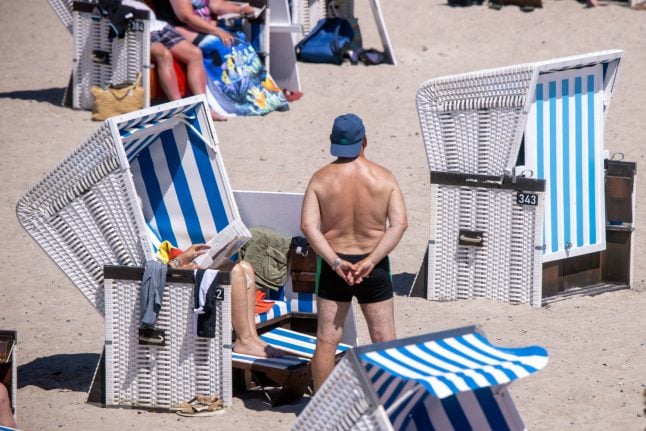
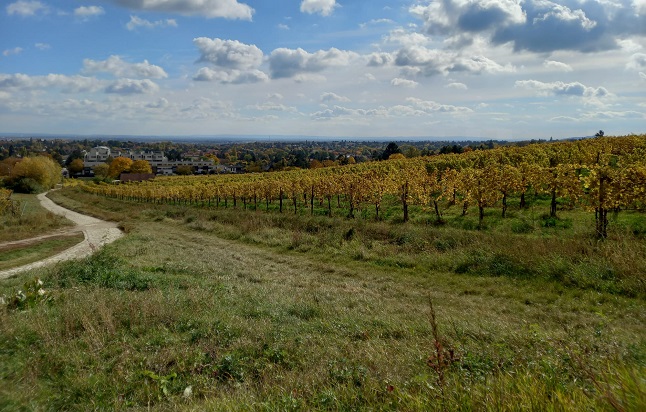
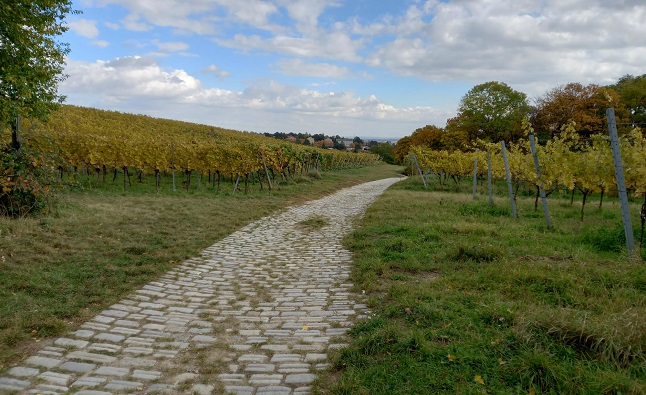
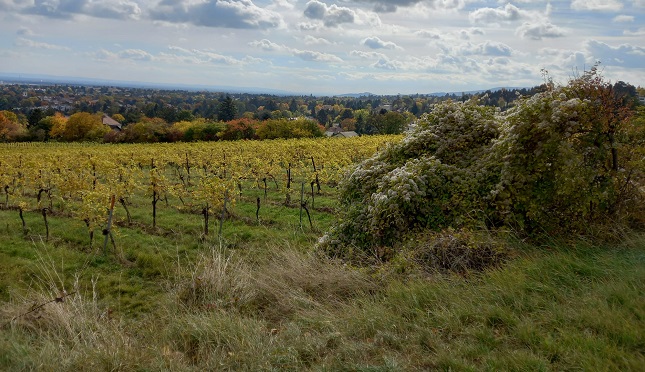
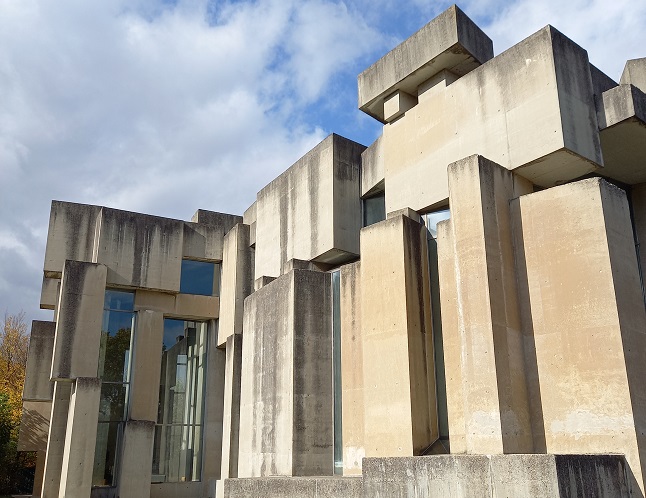
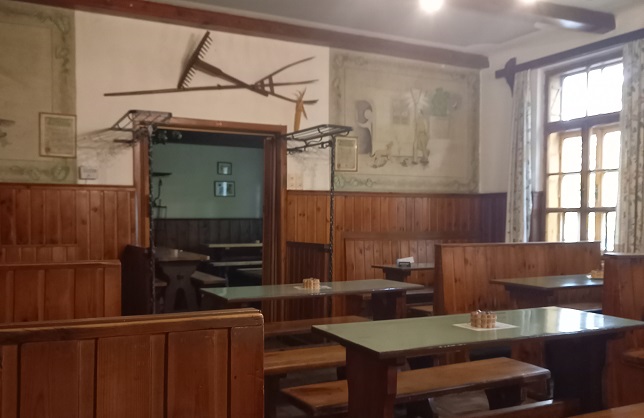
 Please whitelist us to continue reading.
Please whitelist us to continue reading.
Member comments